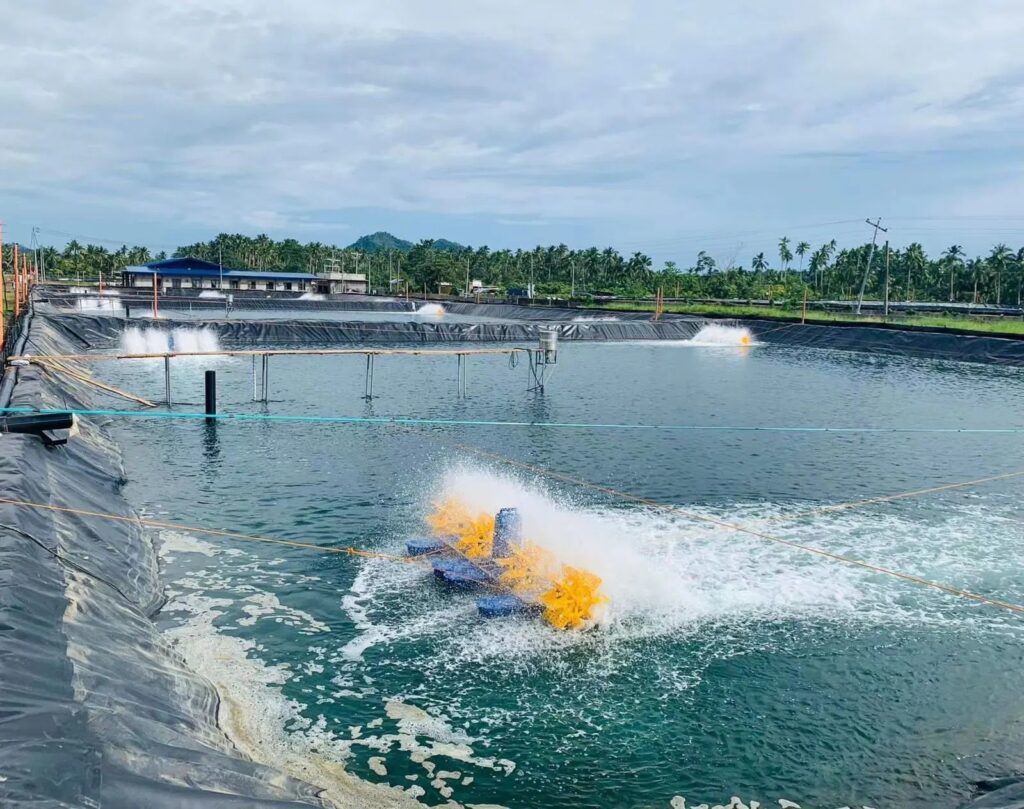what is pond lining material ?
Pond lining materials are crucial for creating water-tight ponds and preventing water leakage. There are various types of pond liners available, each with its own characteristics, advantages, and suitability depending on the pond’s purpose and environmental factors. Here are some common pond lining materials:

1. EPDM (Ethylene Propylene Diene Monomer) Rubber Liner Durability: Long-lasting and flexible. Advantages: UV resistant, withstands extreme temperatures, and can easily adapt to irregular shapes and contours. Suitability: Ideal for fish ponds, wildlife ponds, and large water features. Thickness: Typically available in 45 mil (1.14 mm) thickness. 2. PVC (Polyvinyl Chloride) Liner Durability: Less durable than EPDM but more affordable. Advantages: Lightweight, easy to install, and cost-effective. Suitability: Suitable for smaller decorative ponds, but less ideal for wildlife or fish ponds due to potential toxicity. Thickness: Usually 20 to 40 mils (0.5 to 1 mm) thick. 3. HDPE (High-Density Polyethylene) Liner Durability: Very durable, highly resistant to punctures and UV radiation. Advantages: Great for large-scale ponds or industrial applications, such as agricultural or wastewater containment. Suitability: Suitable for large ponds, reservoirs, and agricultural use but less flexible than EPDM, making it harder to install in complex shapes. Thickness: Commonly 30 to 100 mils (0.76 to 2.54 mm). 4. LDPE (Low-Density Polyethylene) Liner Durability: Flexible but not as tough as HDPE. Advantages: Lightweight, affordable, and easier to mold around pond shapes. Suitability: Often used in small backyard ponds or decorative water features. Thickness: Around 20 to 40 mils (0.5 to 1 mm). 5. Butyl Rubber Liner Durability: Extremely durable and flexible. Advantages: Can stretch and mold easily to various pond shapes, good for long-term use. Suitability: Ideal for natural ponds, fish ponds, and ornamental ponds. Thickness: Commonly around 0.75 mm (30 mil). 6. Concrete Durability: Extremely long-lasting if installed properly. Advantages: Strong, permanent, and suitable for formal ponds or large structures. Suitability: Best for formal, large, or decorative ponds where structural integrity is key. Disadvantages: Requires significant labor for installation and may crack over time unless reinforced. 7. Clay Liners (Bentonite) Durability: Natural material but can degrade over time. Advantages: Environmentally friendly, self-healing if punctured (to an extent). Suitability: Ideal for natural ponds in areas where soil composition supports clay use. Disadvantages: Can be less effective in sandy or rocky soils. 8. Geotextile Underlayment Purpose: Used under liners (such as EPDM or PVC) to protect them from punctures caused by sharp objects like rocks or roots. Advantages: Adds protection, extends liner life, and provides a cushioning layer. When choosing a pond liner, consider factors such as the pond’s purpose, size, shape, budget, and local climate conditions. EPDM and HDPE are among the most popular choices for longevity and ease of use, especially for fish and wildlife ponds.
近期文章
Author
-

Founded in 2002, Tinhy's team focuses on the manufacturing, marketing, installation, application and research and development of geosynthetic materials.
View all posts

